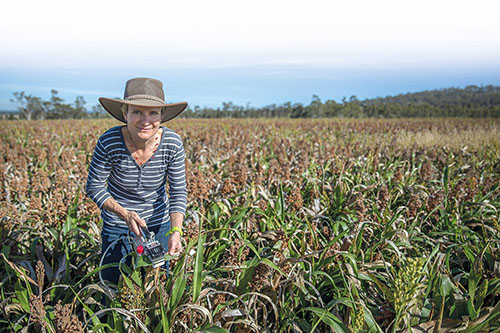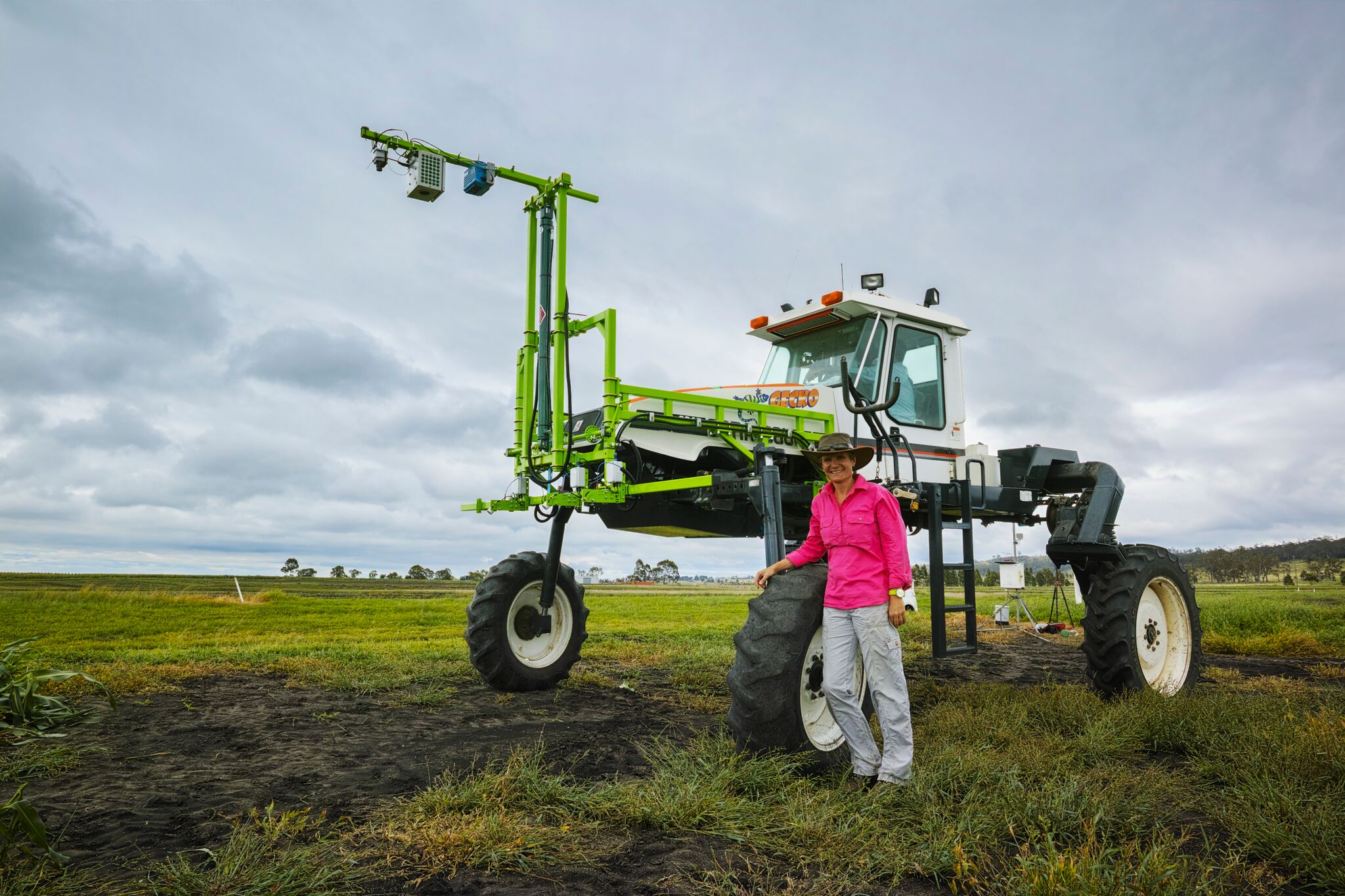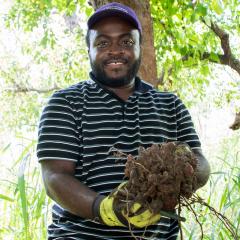A focus on the traits linked to photosynthesis could hold the key to improving crop yields, according to University of Queensland research.
The Queensland Alliance for Agriculture and Food Innovation (QAAFI) study applied hyperspectral cameras and artificial intelligence technology to food production, in the race to ensure global food security.
Dr Barbara George-Jaeggli from QAAFI’s Centre for Crop Science led the work to find alternatives to current strategies which are reaching a breeding ceiling on edible grain.
“We developed a way to measure how efficiently plants photosynthesise, given differences in their genetic make-up,” Dr George-Jaeggli said.

“That breakthrough makes it possible to select for the most efficient genetics, thereby providing breeders with a new way to improve yields.”
Photosynthesis is how plant leaves convert sunlight and carbon dioxide into the sugars needed for plant growth and to make grain.
The key to the research is the way light is reflected from individual plant leaves, captured by hyperspectral cameras.
The team found the light contained subtle signals that vary due to differences in the plant’s efficiency related to photosynthesis enzymes.
To identify those signals, the researchers analysed the individual photosynthesis rates of a sorghum population.
The data produced by the laborious work allowed the team to train machine learning algorithms.
The innovation allows the cameras to be mounted on tractors or drones, which in turn allows a quick typing of the population of plant lines needed in a breeding program.
“We applied this technique to screen a total of 800 sorghum lines that we obtained from a population with well-characterised genetics,” Dr George-Jaeggli said.

“We then discovered that there was a substantial variation in photosynthesis efficiency within sorghum.
“We are now in a position to understand the genetics that underlie those difference.
“That means this new technology can soon be applied to breeding programs to make gains in commercial yields.”
The team also used the same sorghum lines to explore the architecture of the leafy shoots for traits – such as leaf size and angle to the sun – that make a plant’s canopy better at capturing sunlight.
Additionally, the hyperspectral data has been stored and may also be examined for different light signatures linked to other traits, such as drought tolerance.
Dr George-Jaeggli said combined, the photosynthesis and canopy architecture traits could lead to the next generation of yield gains in sorghum through a breeding program.
“This kind of discovery is important because it helps agriculture maximise how much food you get using the same amount of land and other natural resources,” she said.
“That is important for both food security and environmental sustainability.”
The Queensland Alliance for Agriculture and Food Innovation is a research institute at The University of Queensland supported by the Queensland Government via the Queensland Department of Agriculture and Fisheries.
Research contact: Dr Barbara George-Jaeggli, b.georgejaeggli@uq.edu.au +61 (0)408 873 334.
Media contact: Natalie MacGregor, n.macgregor@uq.edu.au, +61 (0)409 135 651.
Photos can be found in Dropbox.
The Queensland Alliance for Agriculture and Food Innovation is a research institute at The University of Queensland supported by the Queensland Government via the Queensland Department of Agriculture and Fisheries.



